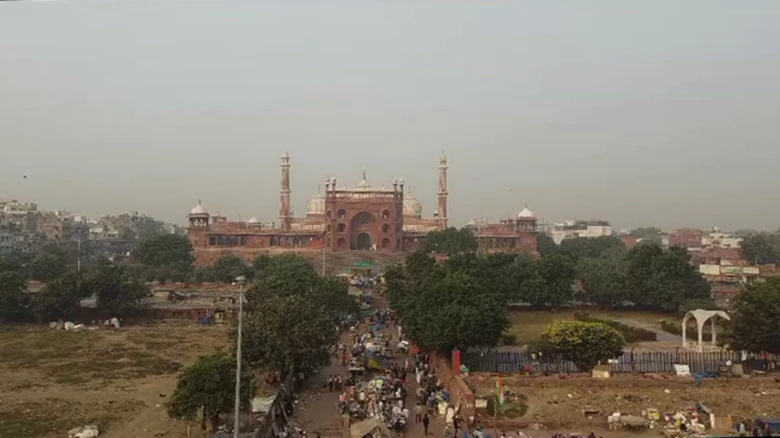Regional

The national capital witnessed a slight improvement in air quality on Saturday, although the Air Quality Index (AQI) still lingered in the 'very poor' category...
Digital Desk: The national capital witnessed a slight improvement in air quality on Saturday, although the Air Quality Index (AQI) still lingered in the 'very poor' category with an average AQI of 398. The National Green Tribunal (NGT) has taken serious note of the deteriorating air quality and issued a stringent directive to Delhi-NCR authorities, urging immediate action to curb pollution and enhance air quality.
Notably, Delhi's air quality has shown signs of improvement after enduring three consecutive days in the 'severe' category. The overall AQI for Delhi, recorded at 6 am on Saturday, stood at 398, according to the System of Air Quality and Weather Forecasting And Research (SAFAR).
Delhi Air Pollution: AQI Of Different Areas
Data from the Central Pollution Control Board (CPCB) recorded at 6 a.m. indicates varying air quality across different areas. RK Puram reported an AQI of 396, New Moti Bagh at 350, IGI Airport area at 465, and Nehru Nagar at 416. Despite these fluctuations, most readings fell within the 'very poor' category.
The 24-hour average AQI for the national capital, recorded at 4 pm daily, stood at 405 on Friday, 419 on Thursday, 401 on Wednesday, 397 on Tuesday, 358 on Monday, and 218 on Sunday.
Delhi Air Pollution: Health Advisory
In response to escalating air pollution levels, the Delhi health department has issued a health advisory, emphasizing the need for essential measures to safeguard public health. The advisory particularly targets vulnerable groups, including pregnant women, individuals with underlying medical conditions, children, and the elderly.
Delhi Air Pollution: GRAP 4 Regulations
In an effort to enforce anti-pollution measures, authorities are inspecting trucks carrying non-essential goods at various borders, including Ghazipur and Tikri, as part of the GRAP 4 regulations. Under Delhi's air pollution control strategy (GRAP Stage IV), only CNG, electric, and BS VI-compliant vehicles from other states are permitted entry, excluding those involved in essential services.
Delhi Air Pollution: Artificial Rain
Anticipating relief for residents grappling with the deteriorating air quality, the Delhi government is preparing for artificial rain on November 20–21.
Delhi Air Pollution: Reasons Behind Deteriorating Air Quality
The past week's decline in air quality can be attributed to dropping temperatures, stagnant winds limiting pollution dispersion, and an increase in post-harvest paddy stubble burning in Punjab and Haryana.
Adverse meteorological conditions, combined with emissions from firecrackers, stubble burning, and local sources of pollution, contribute to hazardous air quality levels in Delhi-NCR during the winter season. According to news agency ANI, there have been over 2,500 reported cases of stubble burning this year. Authorities are now under pressure to implement stringent measures to combat these environmental challenges and protect public health.
Leave A Comment